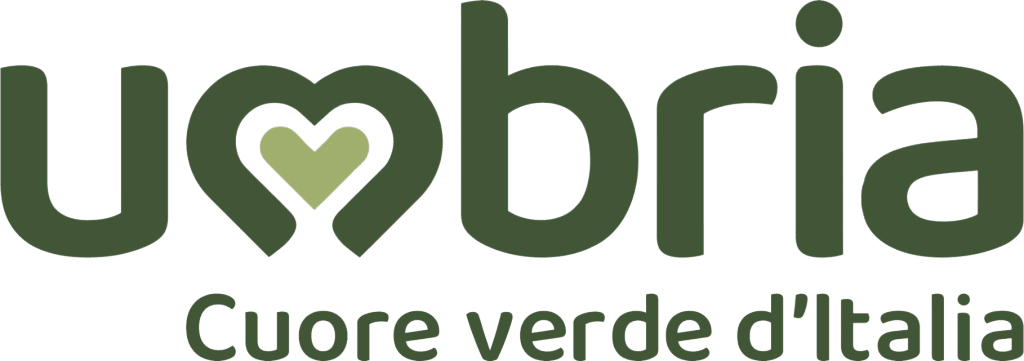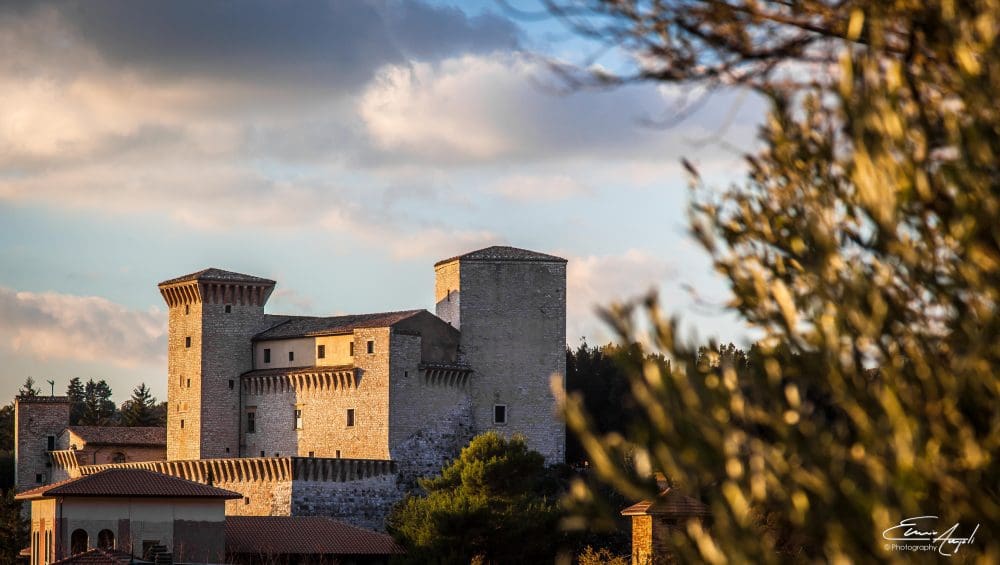The city of Gualdo Tadino, originally known by the Umbrian name of Tarsina, fell under Roman rule and was given the name “Tadinum”, becoming an important trading center and point of reference along the Via Flaminia. During the Roman period it experienced many wars following the conflicts for power between Caesar and Pompey.
Other known devastations are those related to the figure of Hannibal and the resistance against the Goths fighting against the Lombards in the famous battle of Tagina.
The name GUALDO derives from the reconstruction dating back to 996 after the destruction of Otto III of Saxony, Emperor of the Eastern Franks and Roman Emperor since 966; starting from the reconstruction of the 11th century, the city assumed the Longobard name of Gualdo, “forest, wooded place” – from the German “Wald”. The formal recognition of the name “Gualdo Tadino” will only take place in 1833 by Pope Gregory XVI.
In 1237 it was destroyed again by fire and rebuilt by Frederick II and the Benedictine friars, mainly around the large structure of the Rocca Flea, on Colle Sant’Angelo.
In order to be able to experience Gualdo Tadino immersed in time, in the marvelous stories of the Gualdo citizens, in the architectural constructions and in the culture that has distinguished the Umbrian town, the City of Gualdo Tadino Museum Pole has enclosed the entire legacy of the city in a circuit of museums .
Not to be missed are the Rocca Flea Civic Museum, the Ceramics Museum, the Emigration Museum…Discover them all HERE
But let’s look at some of them in detail:
Rocca Flea
On the top of Colle Sant’Angelo, stands Rocca Flea, an exquisite military architecture dating back to the XII century and rebuilt by Frederick II in 1247. Inside, since 1999, there is the Rocca Flea Civic Museum.
“Its name, derived from the nearby river Flebeo, later called Feo, already appears in documents from the 12th century. With the succession of different dominations imposed on the city, the militias of Federico Barbarossa first settled there, then those of the pope and in 1208 those of the Guelph Perugia. Damaged by many conflicts, it was restored by Frederick II around 1242. In the 16th century it became the residence of the papal legates, while in 1888 the Rocca became a prison. Restored to its previous appearance thanks to recent restorations, the fortress has become the seat of the civic museum since 1999 “
Museum of Ceramics
“The Ceramics Museum of Casa Cajani is part of a large project which aims to exhibit and enhance the city’s heritage: the civic collection of ceramics, coming from the public, from acquisitions and donations. A project linked to the artistic, productive and economic history of this area, which documents the prestigious goals achieved over the centuries by the Gualdo ceramic manufacturers.
Some rooms of the Museum are entirely dedicated to Alfredo Santarelli, a tribute to his majestic work with artefacts from important factories born in the 1900s from the imprint of Santarelli, such as Luca della Robbia, the Mastro Giorgio Ceramic Society and the Angelo Pascucci Ceramic Industry. Another section is dedicated to the prestigious manufacture of Paolo Rubboli who reintroduced the technique of gold and ruby lustres of the Mastrogiorge tradition in Gualdo Tadino”.
Emigration Museum
“The Pietro Conti Regional Museum of Emigration was created to underline the historical, cultural and human heritage linked to the great emigration exodus that involved Italy from the end of the 19th century and which involved more than 27 million departures. Made with the video projection technique, it involves the visitor in an exciting backward journey: the arrival, the journey and the departure. Documents, images and stories from all regions of Italy. A choral journey that has the emigrant as its protagonist: the farewells, the meeting and the clash with the foreign country, nostalgia, the daily joys and sorrows, the integration into the new reality, the defeats and the victories, the confrontation and reflection on today’s immigration”.



